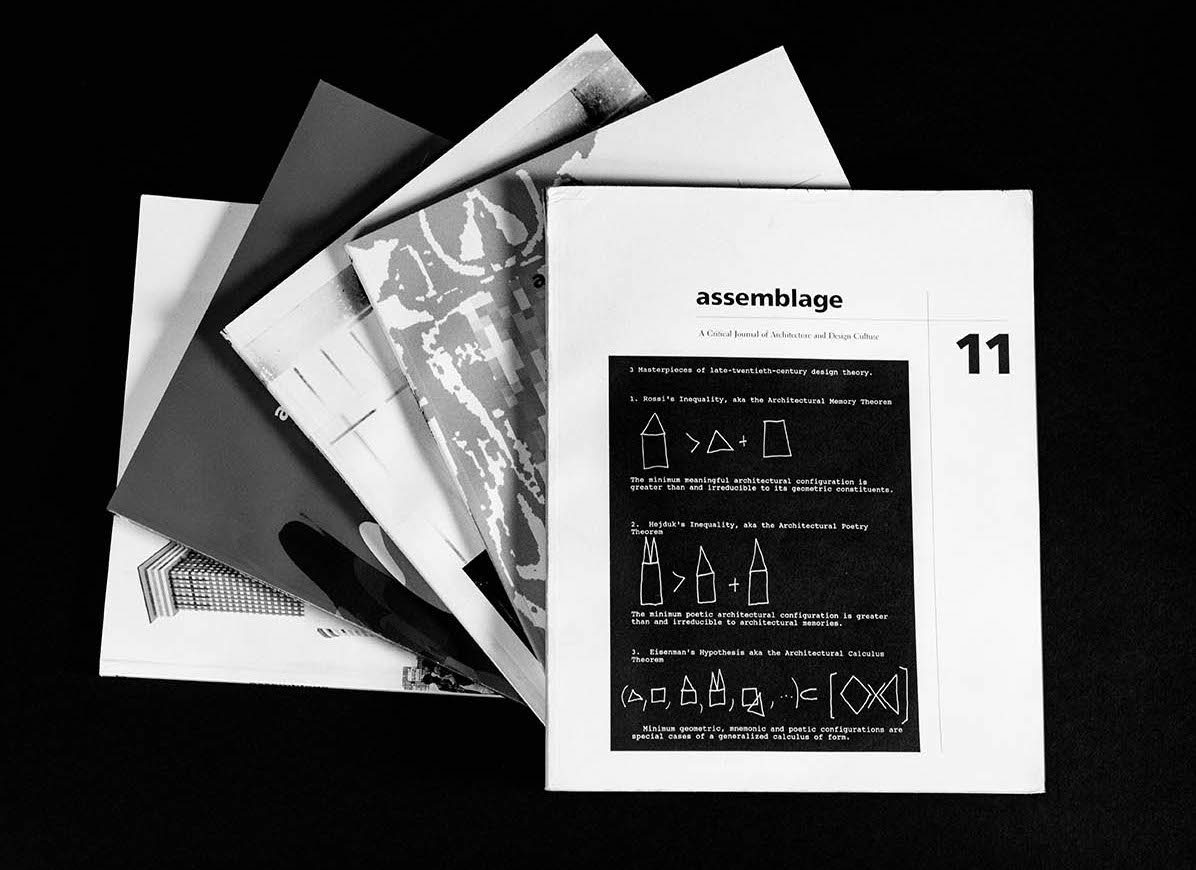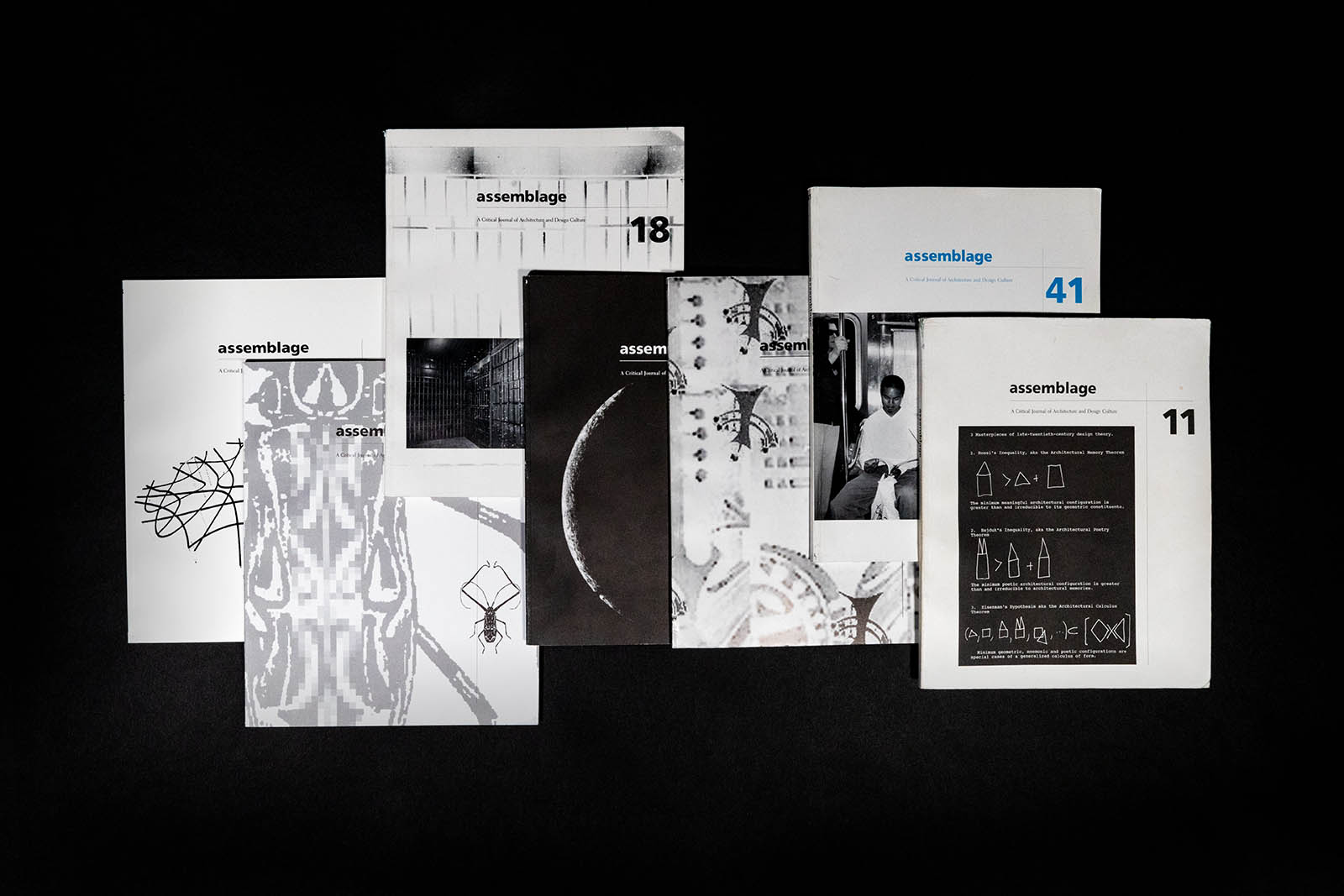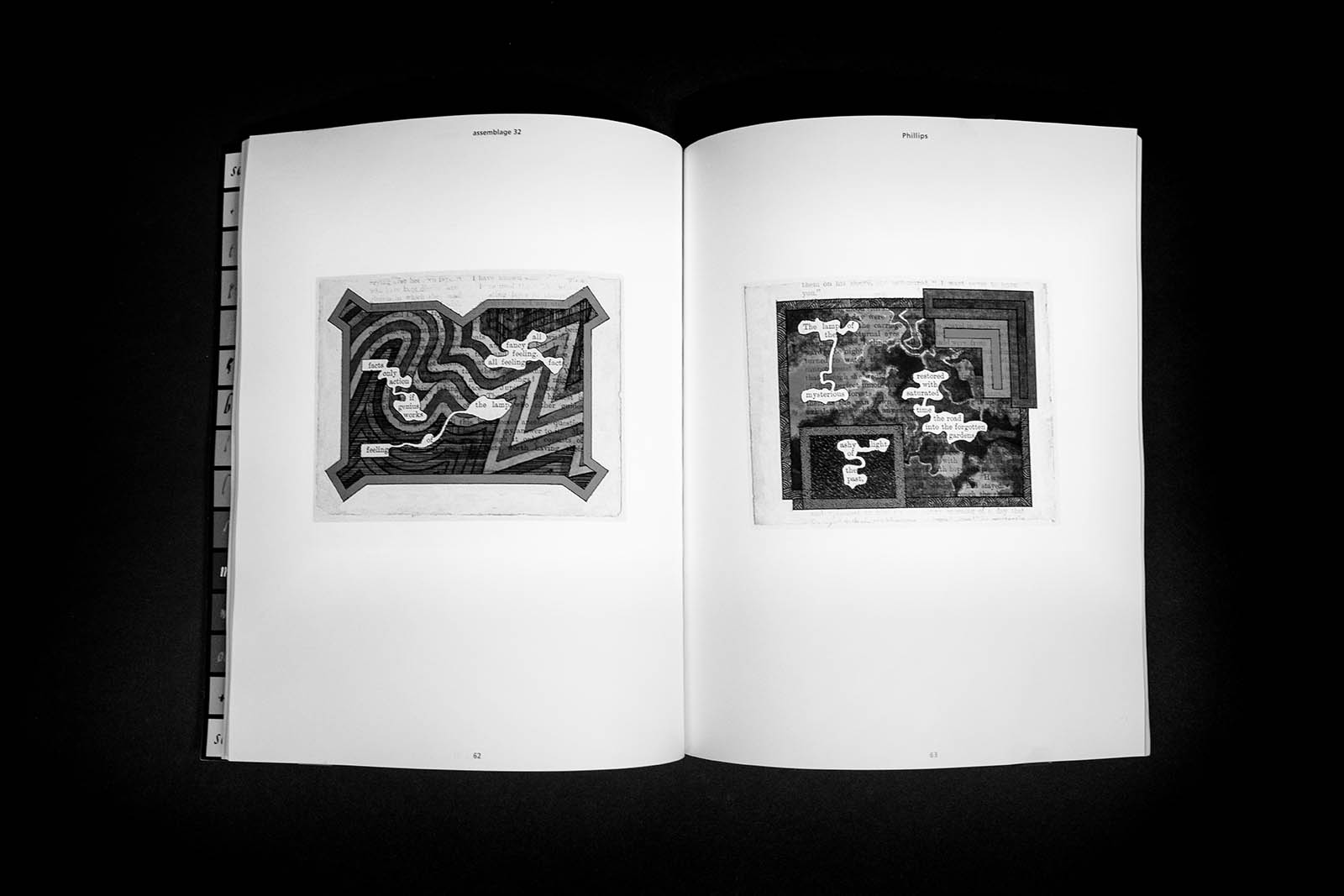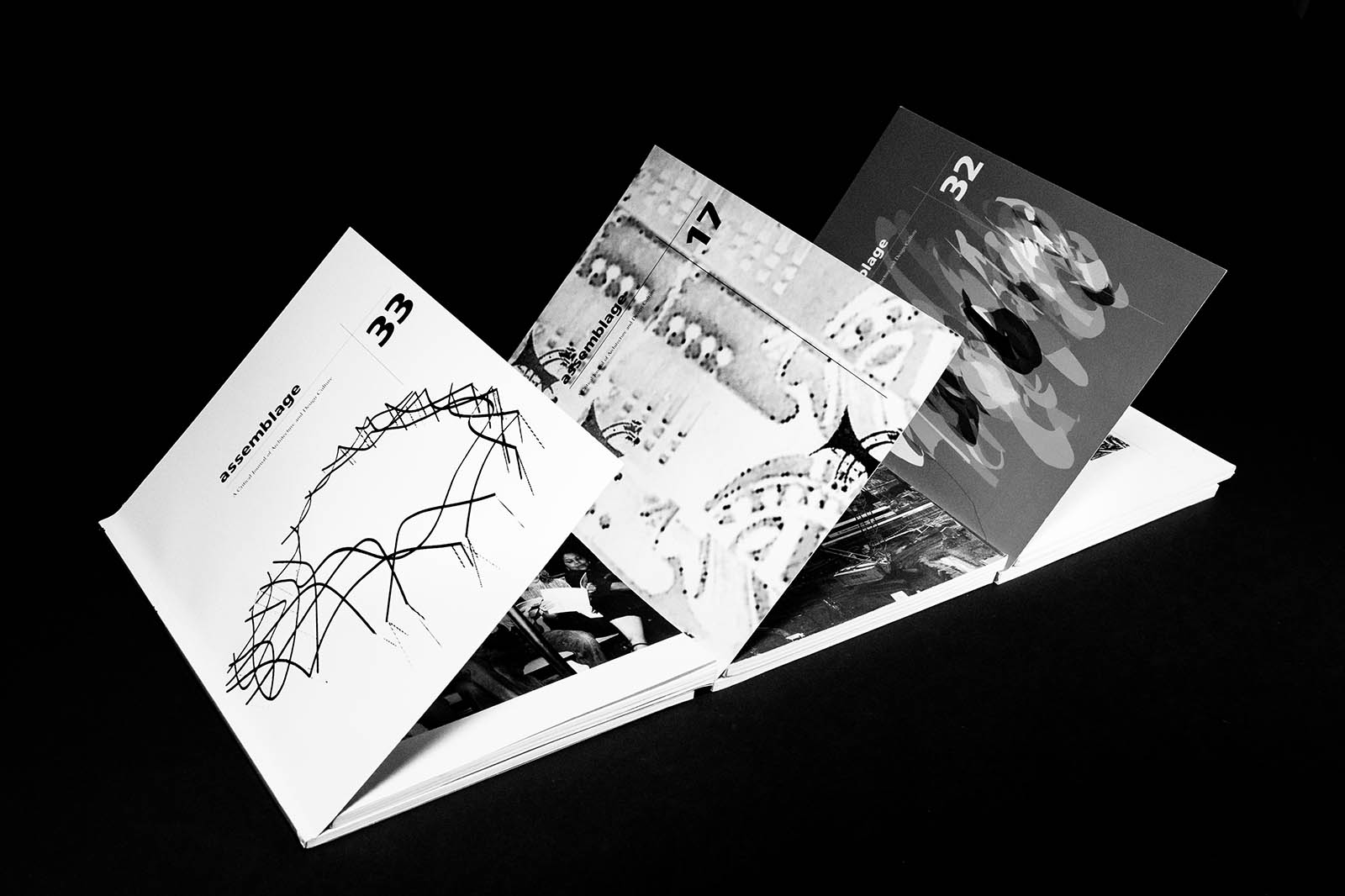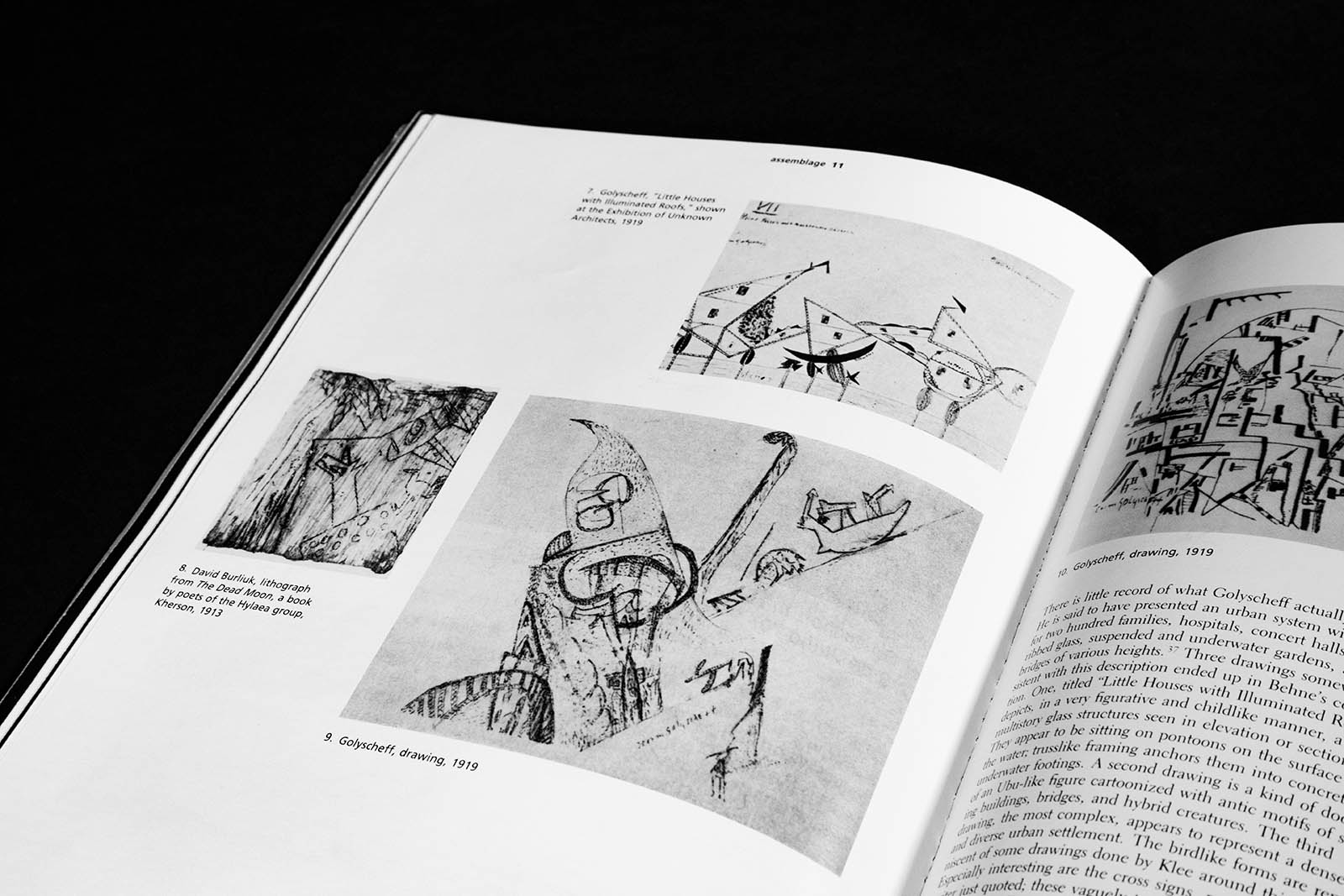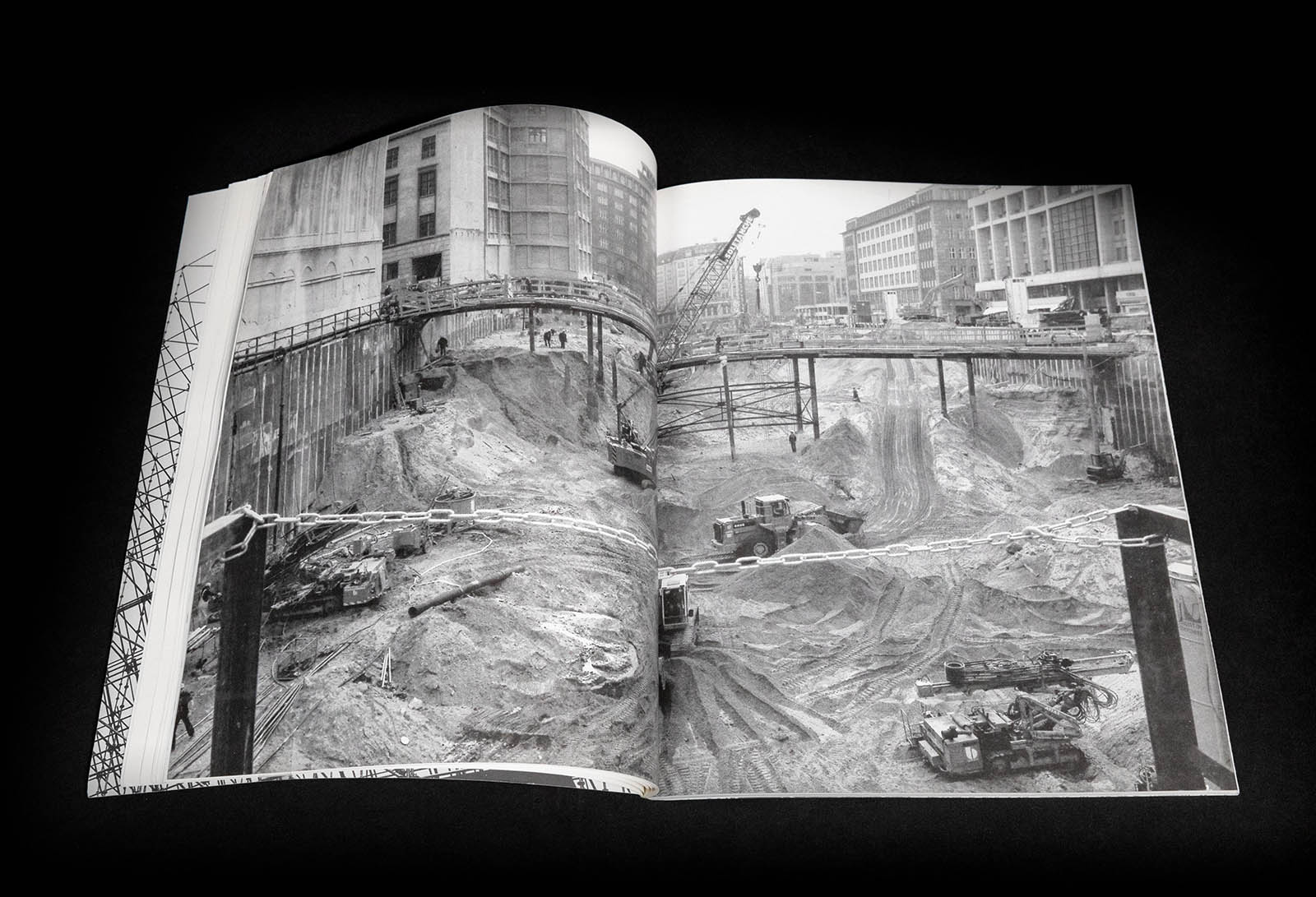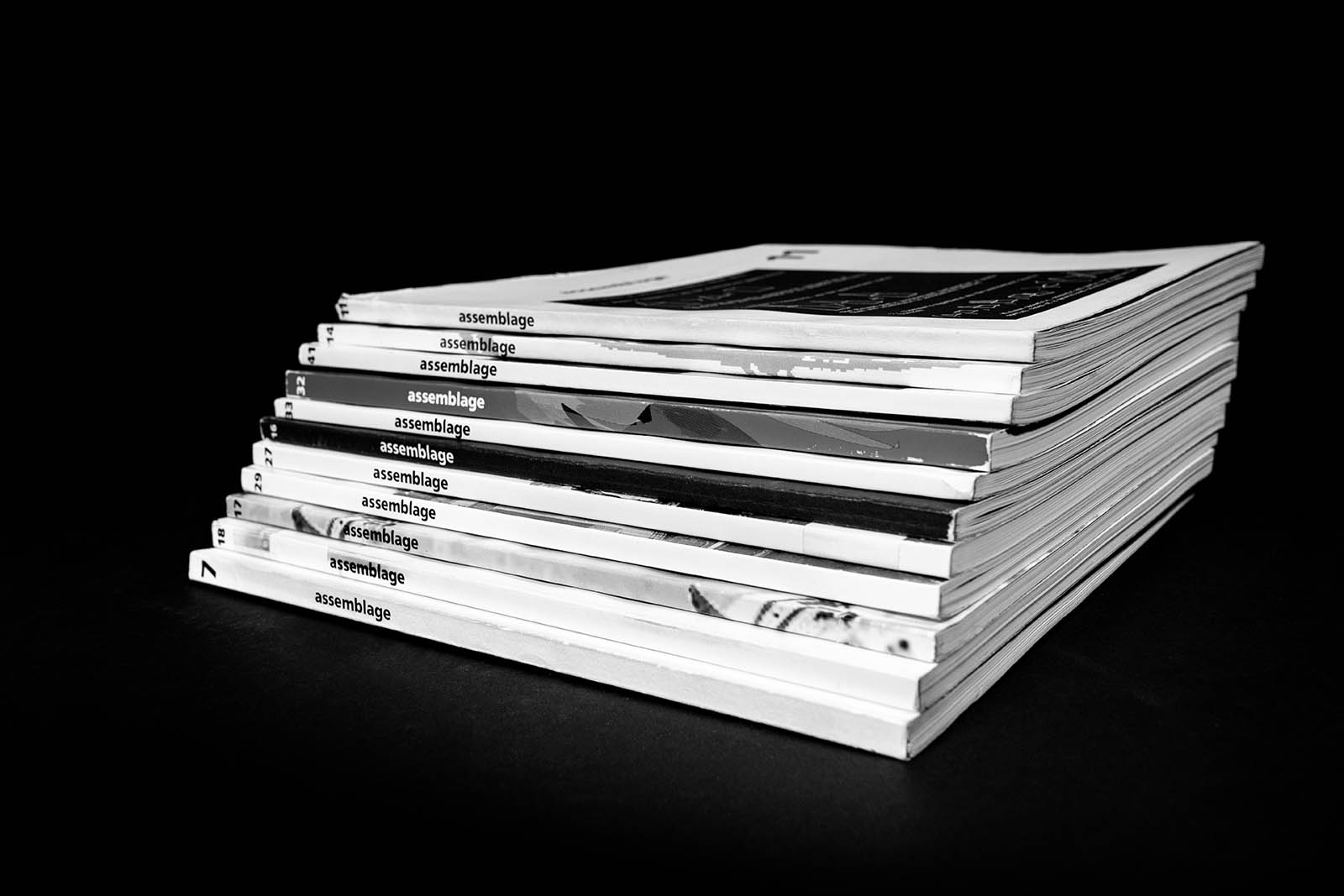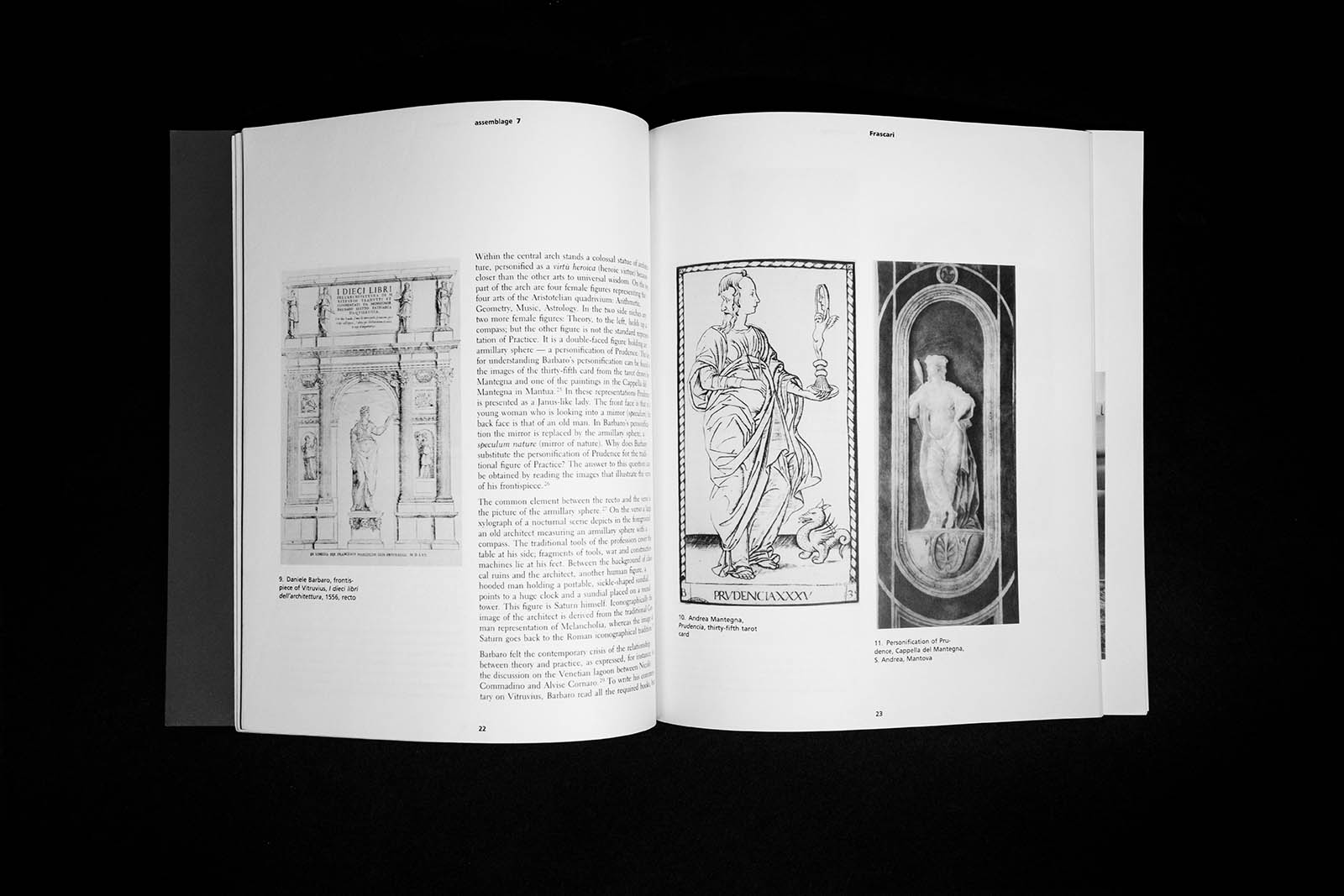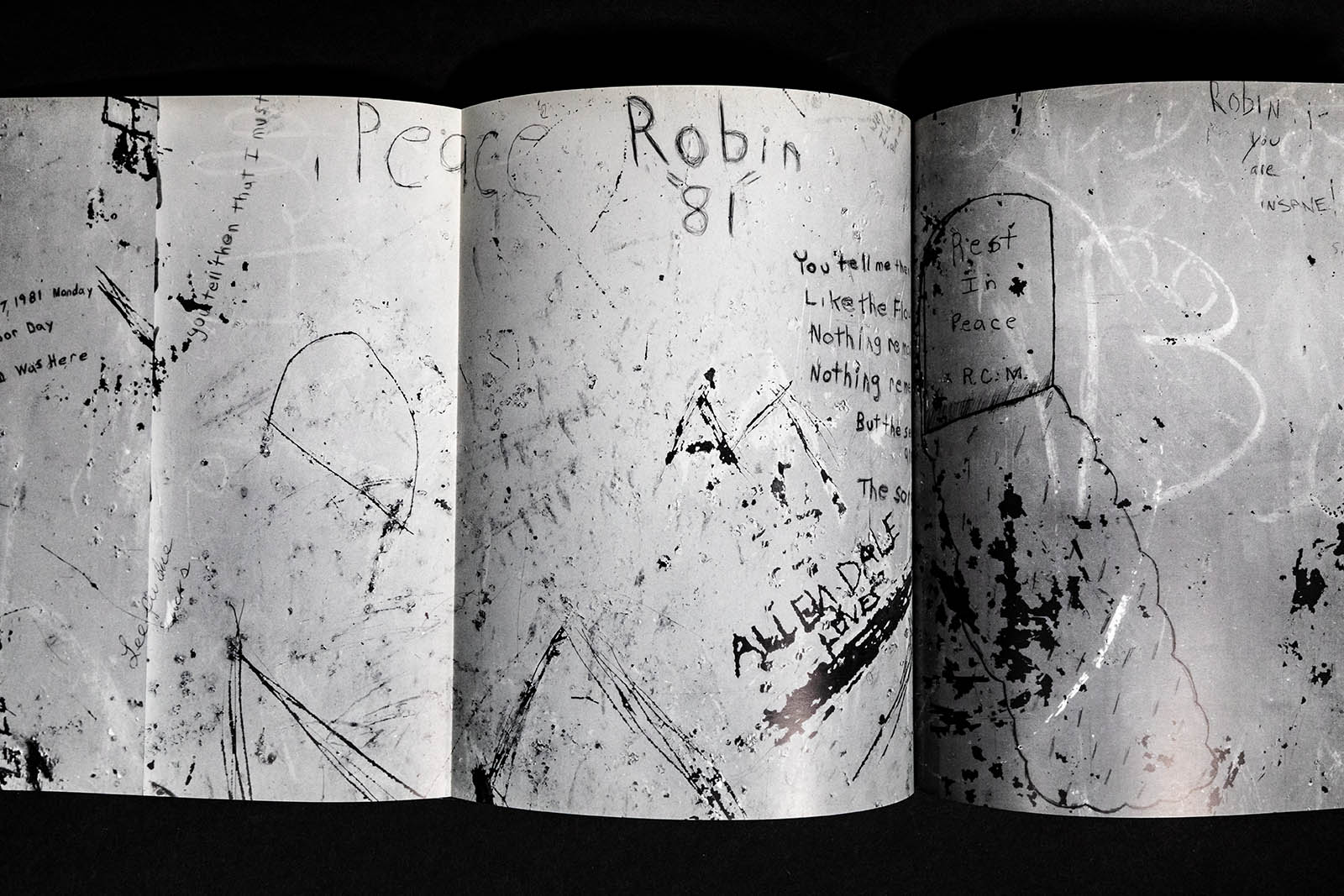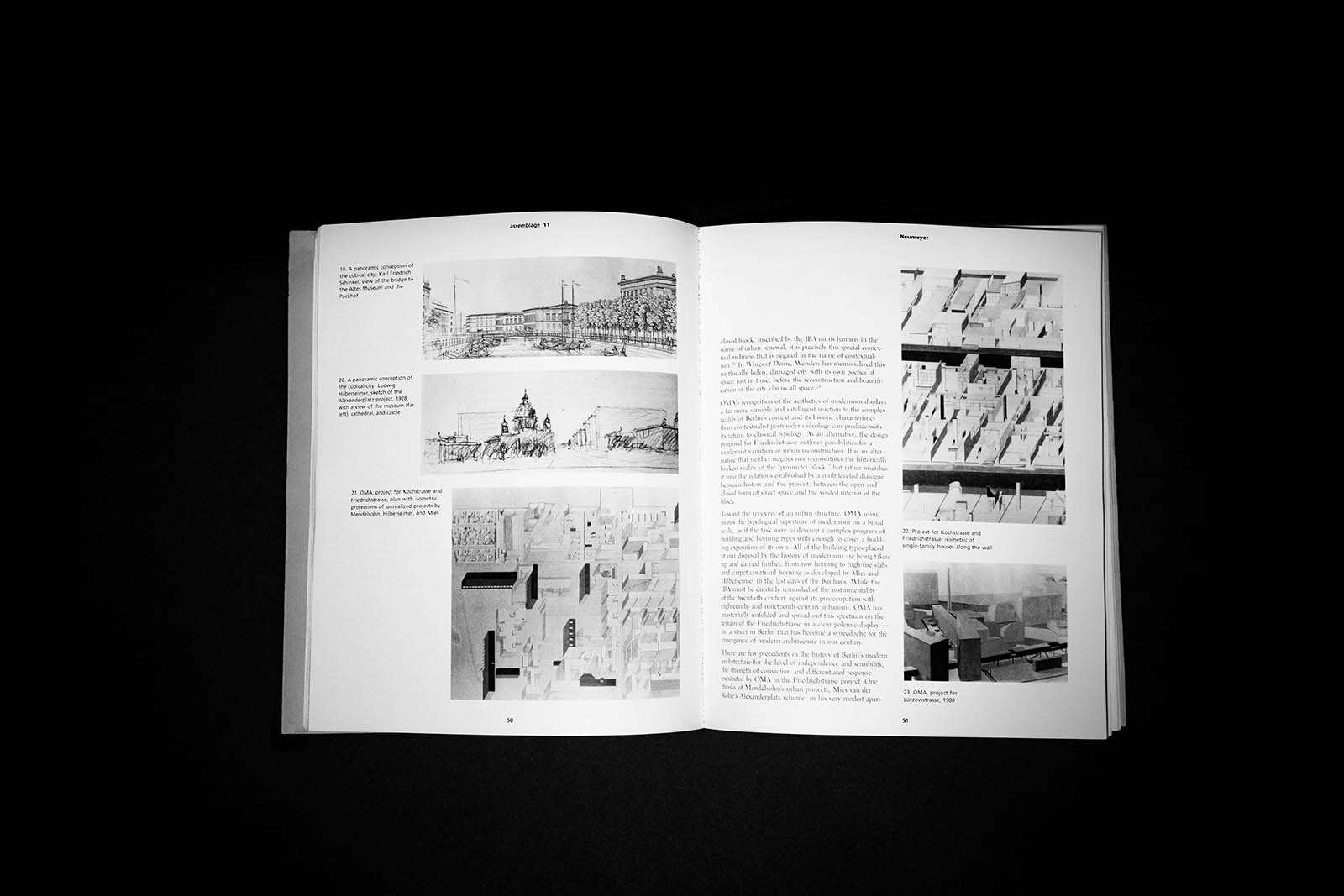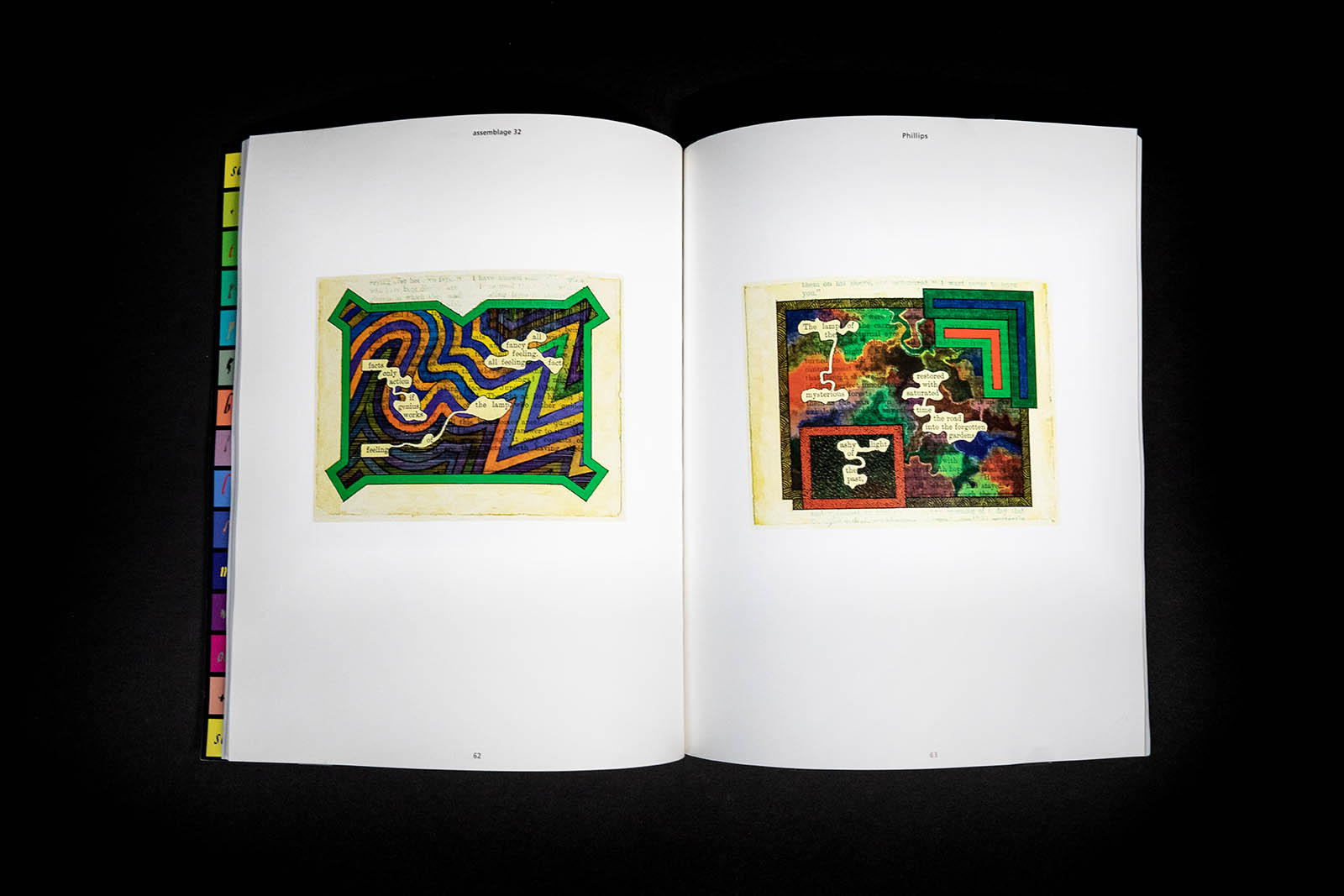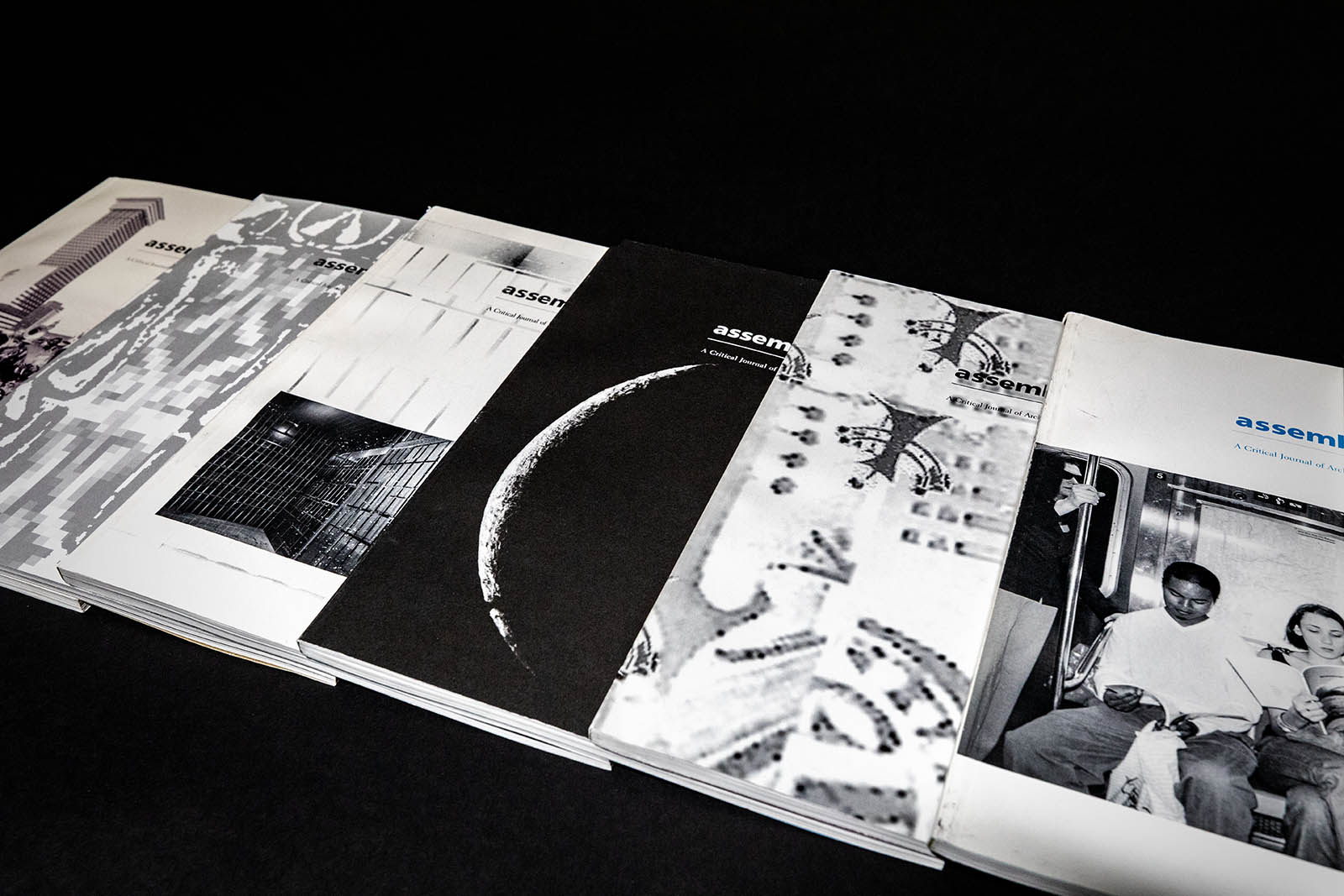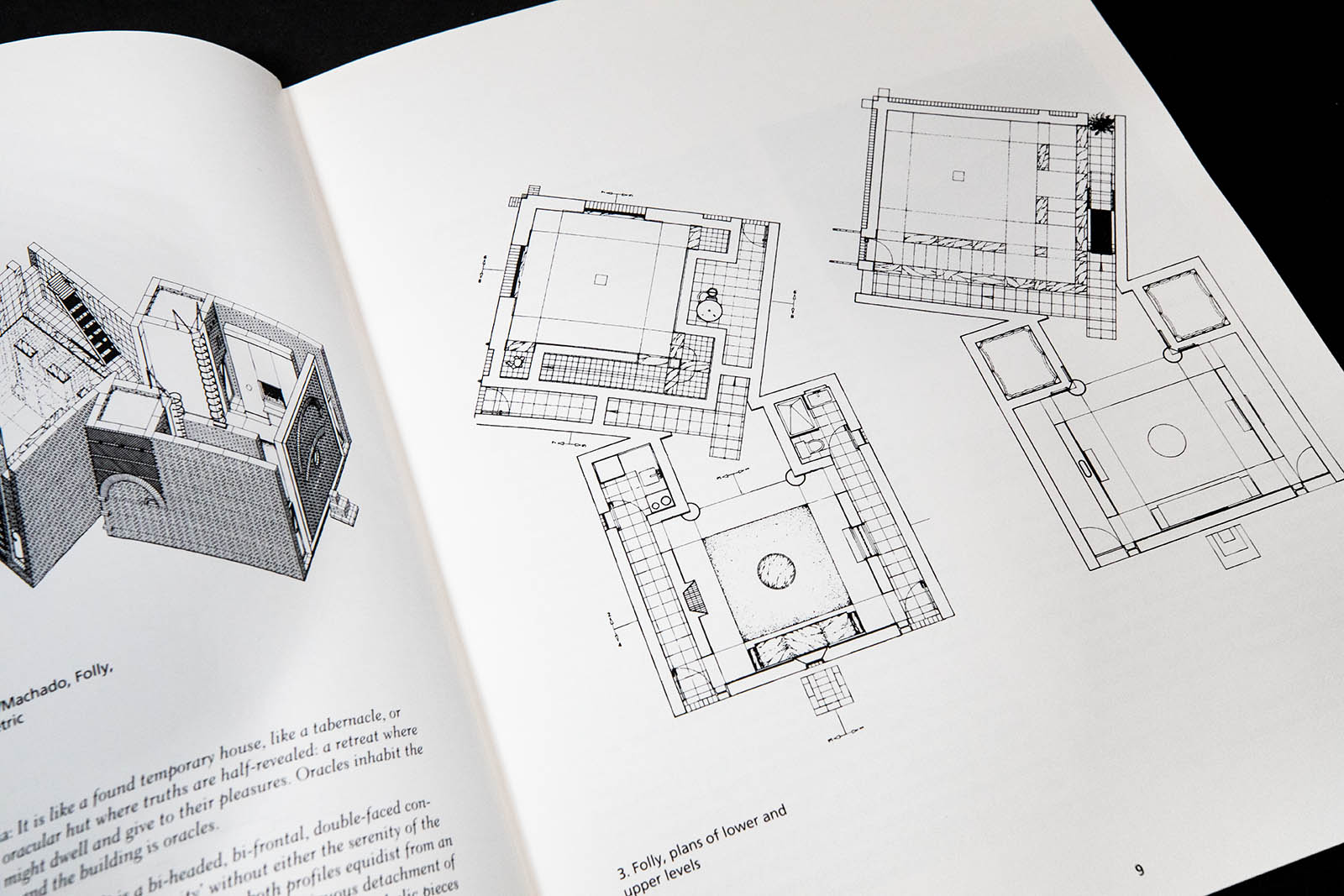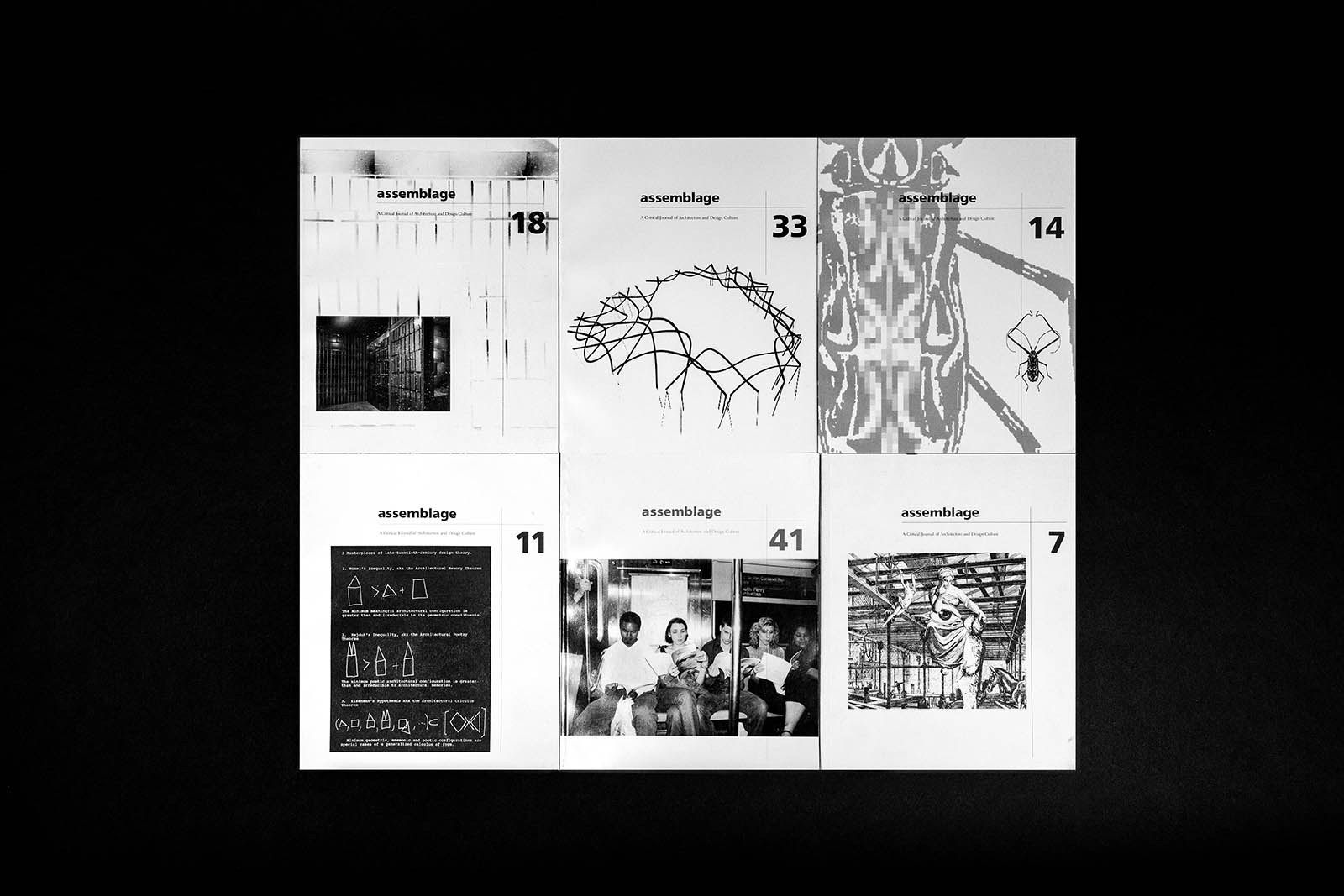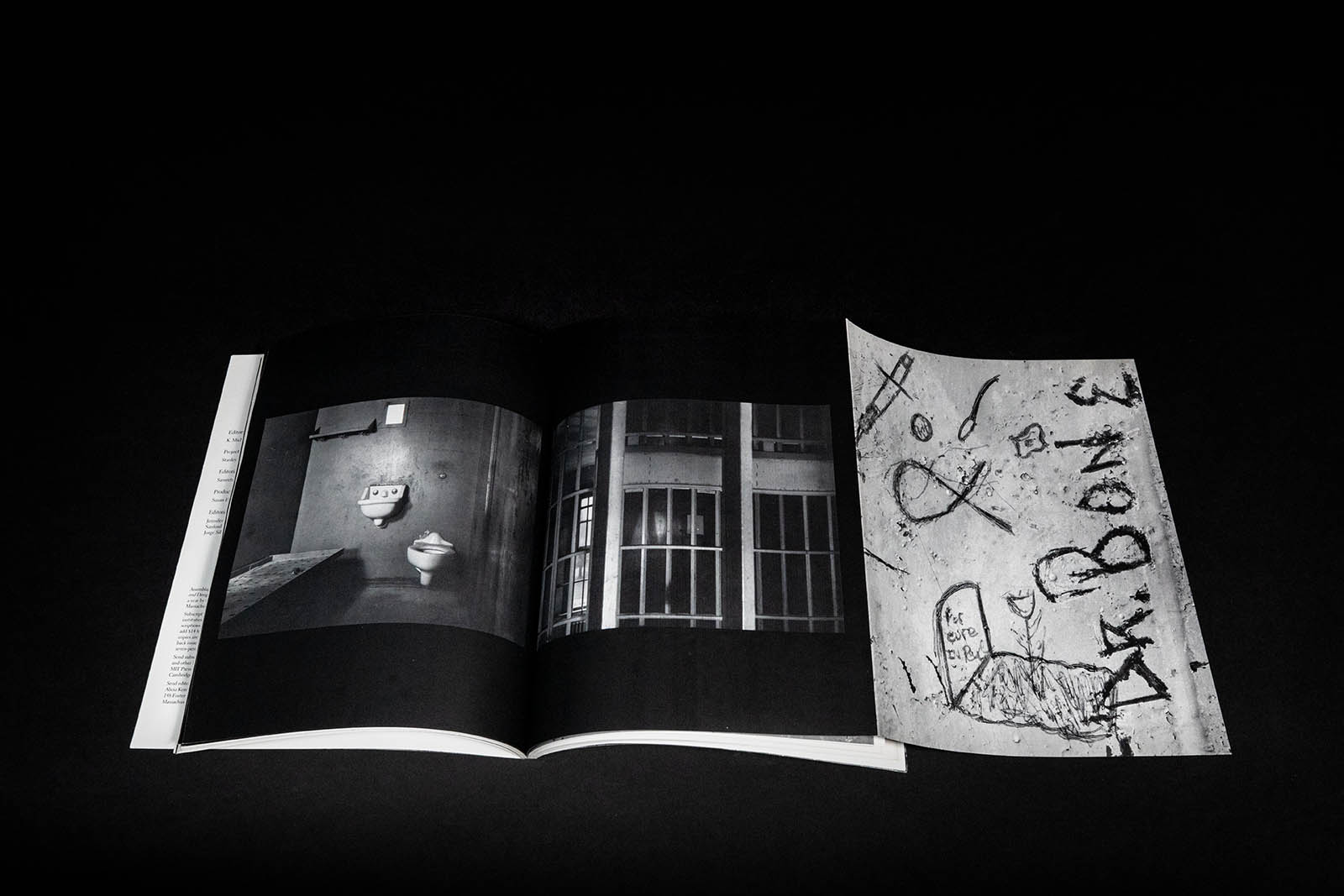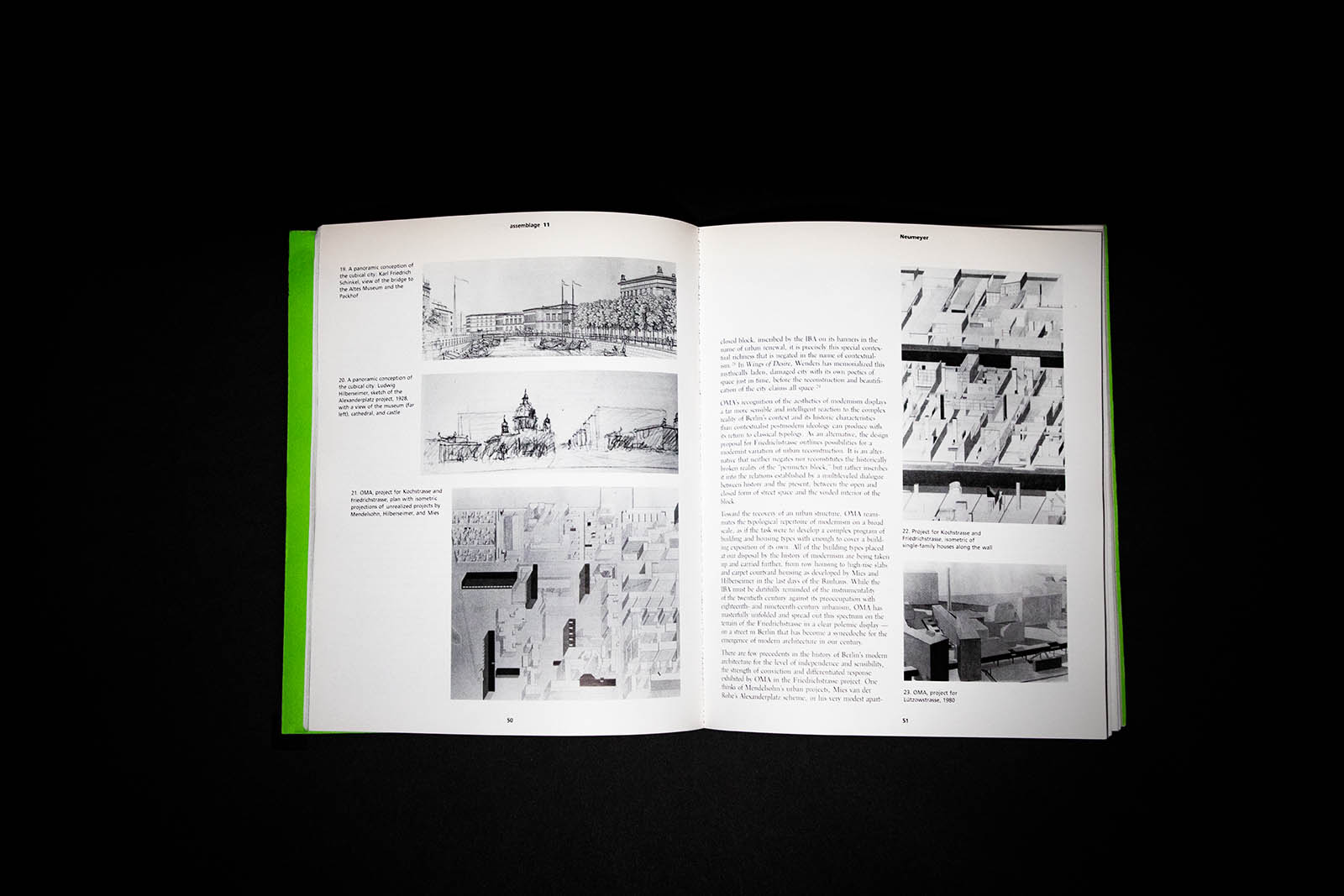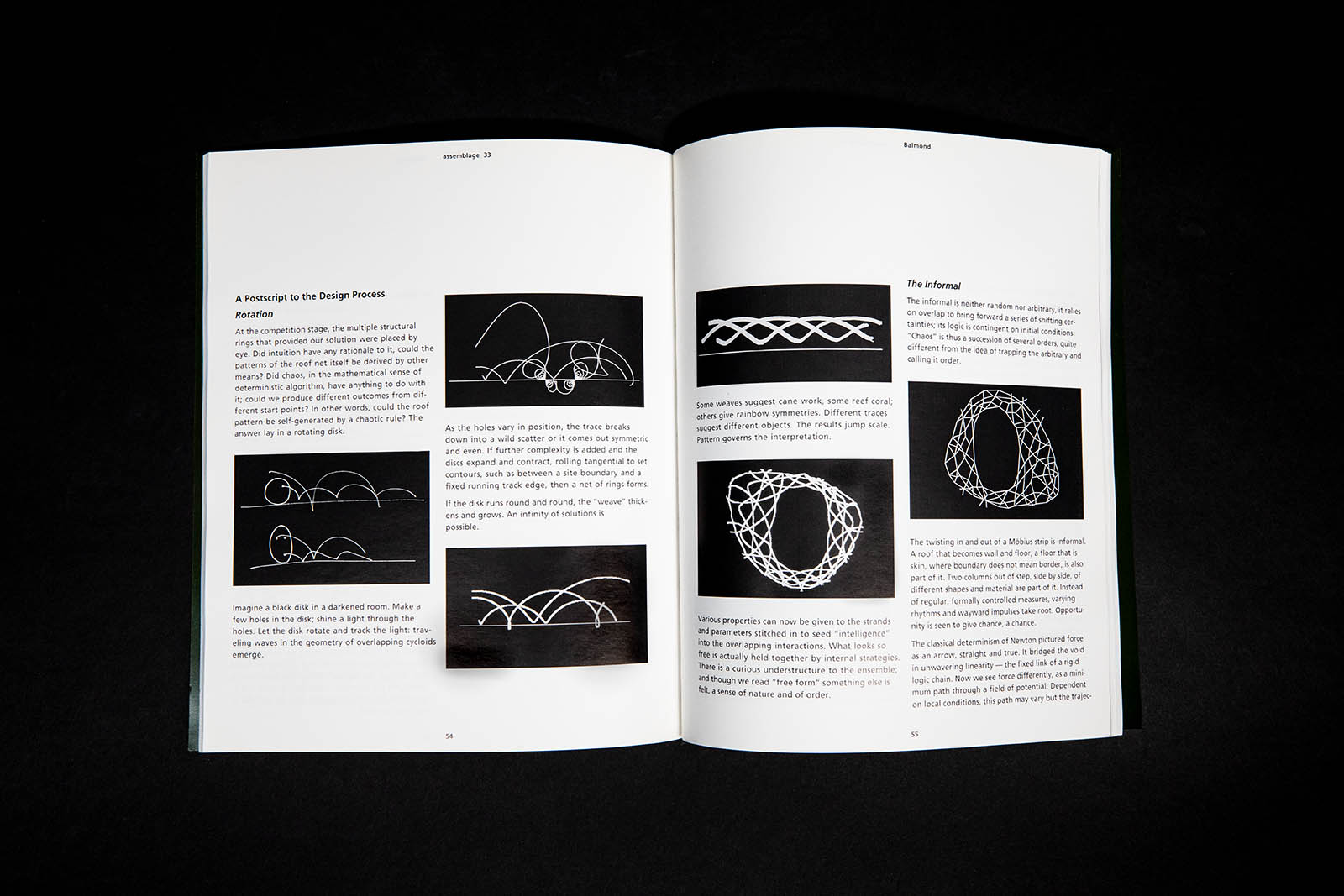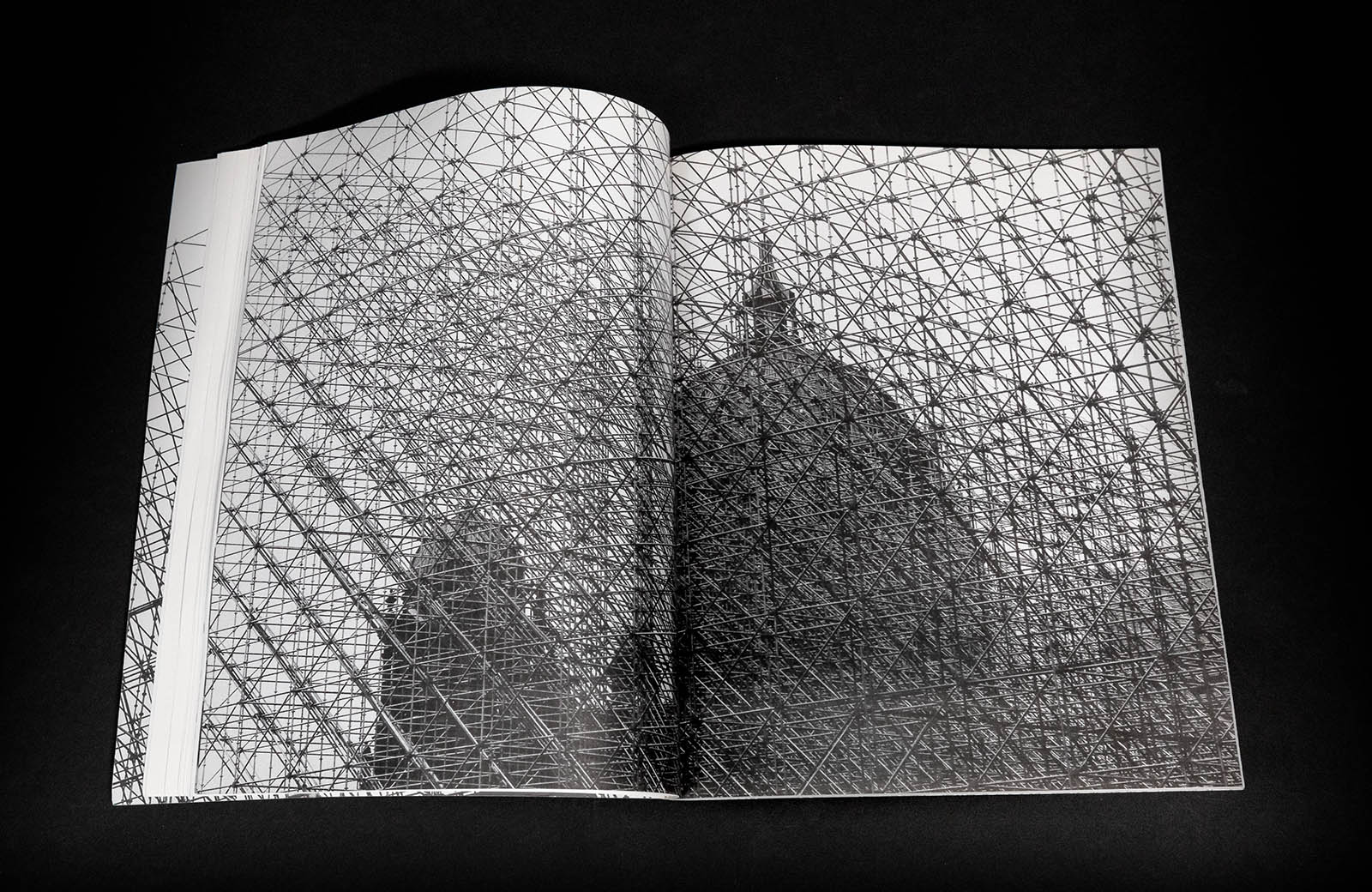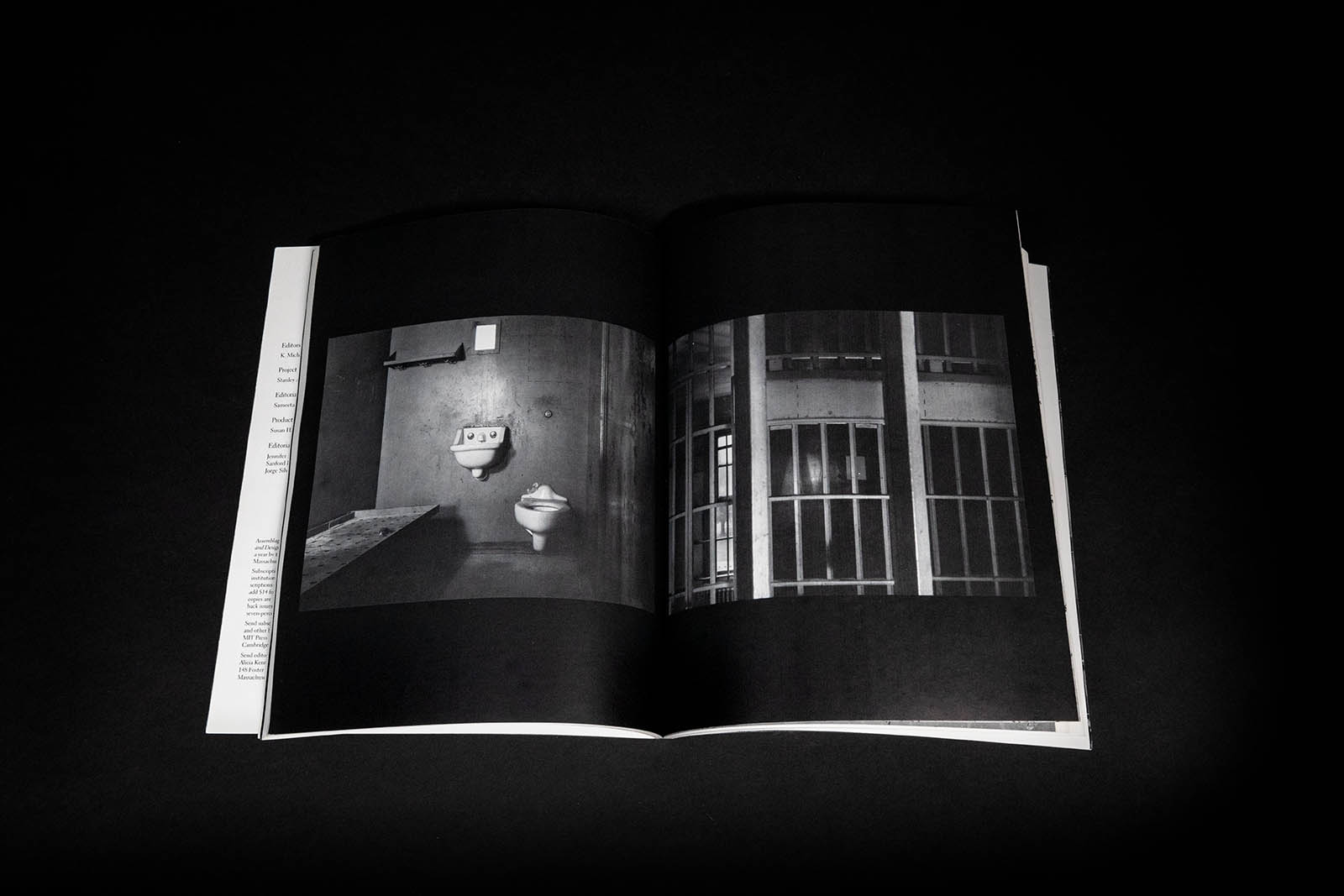“Books and Looks” is a series of discussions at Harvard’s Graduate School of Design about the importance of architectural discourse. Its inaugural event was a conversation between K. Michael Hays, Eliot Noyes Professor of Architectural Theory and Associate Dean for Academic Affairs, and Pier Paolo Tamburelli, Design Critic in Architecture, and was presented by Mark Lee, Chair of the Department of Architecture. Hays and Tamburelli’s publications, Assemblage and San Rocco, were launched nearly 25 years apart, but each had a hand in shaping the landscape of architecture criticism.
When Assemblage first published in 1986, the journal offered an alternative to the rigid typology that dominated critical thinking about architecture. It presented, sometimes for the first time, new works by Herzog & de Meuron, Mack Scogin and Merrill Elam, and Elizabeth Diller and Ricardo Scofidio, accompanied by grainy black-and-white images and dense theoretical text. “It was not trying too hard to show you what it was, which had a certain allure,” says Mark Lee. “The historians at that time would talk about typology, and typology is about rules. ‘If you make this kind of building, you have to follow these rules.’ Assemblage provided a way to circumvent the pure authority of history.”
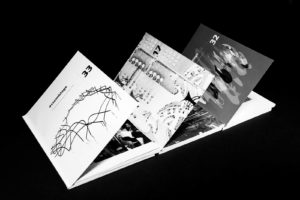
The name Assemblage made reference to the collage-like assortment of architecture projects and essays the journal published. K. Michael Hays, who founded Assemblage with editor Alisha Kennedy (Catherine Ingraham would later join as co-editor in 1991), redefined architecture as “built discourse,” one medium among the many that comprised critical theoretical discourse. “The idea was to put together different modes of thought, and different kinds of presentations, and thereby endorse a way of producing—a way of thinking—rather than endorsing any individual project.”
The launch of Assemblage in 1986 followed closely on the heels of the shuttering of Oppositions, an architecture journal that published between 1973 and 1984 and that would later be credited with setting the stage for more widely recognized—and radicalized—journals like Assemblage and October. However, if the ambition of Oppositions was to liberate architecture discourse from the grips of late-modernist functionalism and systems theory, Assemblage sought to look further, beyond built works to the exploration of architecture as a subject of thought and mode of cultural production. “We were a generation fueled by post-structuralism, including psychoanalytical work as well as critical theory,” says Hays. “We were fueled by feminism, by queer theory, by everything that came out of post-structuralism but could be applied.”
By 2010, when Pier Paolo Tamburelli and his cohort launched Issue 0 of San Rocco—a collaborative publishing project produced by and for architecture practitioners—architecture discourse was engaging with an entirely different set of conditions. Printed matter, having languished in the shallows of a growing tide of digital information, was finding new prominence as a medium uniquely suited to fashionably unfashionable ideas. San Rocco offered a rejection of the digital, as well as an open-circuit communication channel between architects. Its focus was practice, not theory.

Ironically, it was the internet that accounted for San Rocco’s wide dissemination and subsequent success. Its contributors, cofounders, and readership were all drawn from the same well of emergent European architects. Each issue closed with a call for submissions. “Like the comic books of the 1970s that told the last three-quarters of the story and the first quarter of the next, San Rocco had a line of continuity that ran through its issues,” says Tamburelli. With themes like objective beauty, islands, common sense, and intellectual resistance, “it established an ongoing dialogue [between readers and contributors] that was confrontational and animated.”
Assemblage stopped publishing in 2000 after 41 issues, and San Rocco will publish its final issue later this year. Both journals exist as physical archives of the modes of thought that defined their eras. Both created an important means of communication between far-flung practitioners and thinkers; both suffered from a dearth of resources but made good use of the freedom that came with few financial ties. Both, as Mark Lee says, “reflect the times they were published in, but also shaped those times.”
Words by Julie Cirelli & Photography by Maggie Janik
